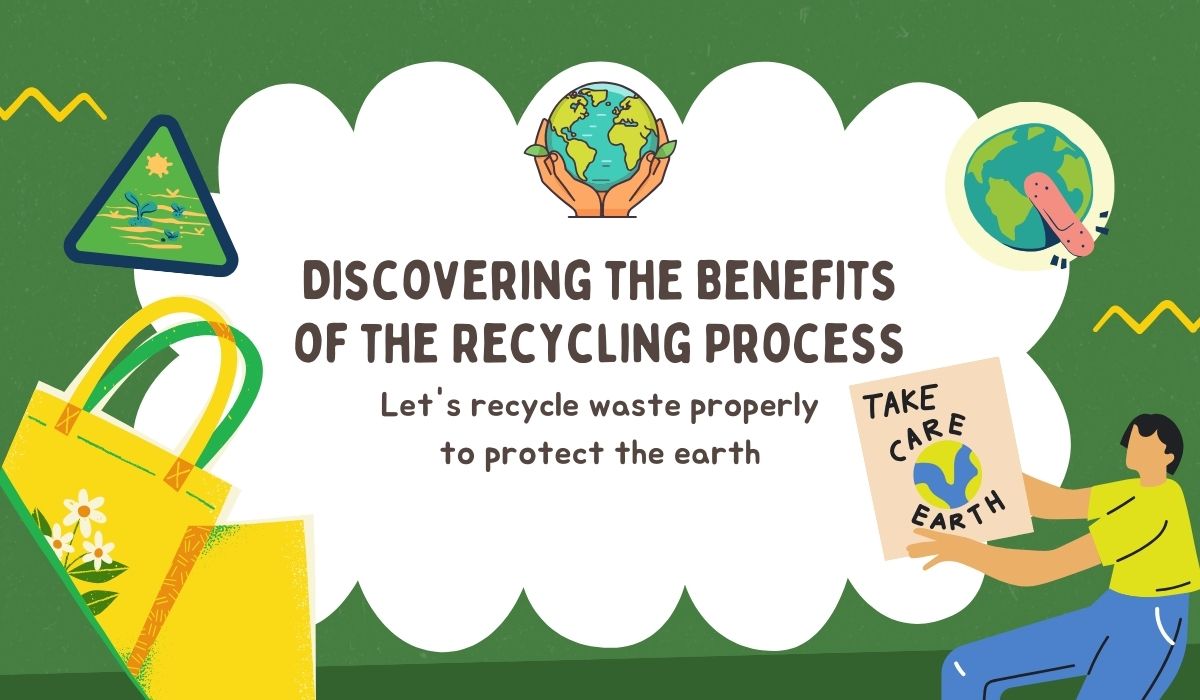In the vast expanse of the cosmos, Earth stands as a unique haven, providing a home for humanity and an array of diverse ecosystems. As we strive to make conscientious efforts through activities like recycling, it is essential to delve into the intricacies of our Planet Earth to understand why preserving its environment is paramount. So let’s know something more about Planet Earth.

Table of Contents
The Gift of Planet Earth:
Humanity is privileged to call Earth its home, nestled in the vastness of the galaxy. Our planet, with its 29% land and 71% ocean, presents a delicate balance of elements crucial for sustaining life. However, the abundance of water doesn’t necessarily translate into readily available resources for human consumption. Freshwater sources, primarily derived from rivers and lakes, become the lifelines for our existence.
The Dynamic Atmosphere:
Earth’s atmosphere, composed of 21% oxygen, 78% nitrogen, and trace amounts of carbon dioxide, argon, neon, and other gases, plays a pivotal role in creating the conditions for life. This composition, though seemingly stable, has undergone significant changes over the course of Earth’s 4 to 5 billion-year existence.
The Evolution of Planet Earth’s Atmosphere:
The Planet Earth’s atmosphere wasn’t always as we know it today. Over billions of years, a transformative process occurred – photosynthesis. This biological mechanism, conducted by plants, harnessed sunlight to convert carbon dioxide and water into food, energy, and oxygen. This monumental turning point in Earth’s history not only sustained life but also played a crucial role in altering the atmospheric composition. The conversion of carbon dioxide into oxygen by green plants laid the foundation for the delicate balance that supports life on our planet.
Temperature Harmony:
The average temperature of Planet Earth, a comfortable 16°C, is a testament to the planet’s suitability for human habitation. This temperature range allows for the existence of diverse ecosystems and fosters conditions conducive to the flourishing of life. The moderation in temperature is a result of Earth receiving sunlight, an unlimited source of energy, from the Sun.
Sunlight: The Engine of Life:
The Sun, a blazing ball of energy, provides Planet Earth with an incessant supply of sunlight. This energy is the driving force behind ecological processes, supporting the growth of plants and, in turn, sustaining the myriad of life forms on the planet. The availability of sunlight has been a catalyst for the biological evolution that has shaped the rich biodiversity seen today.
Human Responsibility and Environmental Stewardship:
Understanding the intricate history and delicate balance of Earth places a profound responsibility on humanity. As stewards of the environment, it is our duty to ensure the preservation of this unique and life-sustaining planet. Activities such as recycling, sustainable resource management, and climate change mitigation become not just choices but imperatives for safeguarding the health of our home for future generations.
Planet Earth is a remarkable celestial body with a rich history that spans billions of years. The delicate balance of land and water, the dynamic composition of the atmosphere, and the interplay of sunlight and biological processes have created an environment conducive to life. As we marvel at the wonders of our planet, let us remember our responsibility to protect and preserve it for generations to come. The journey through time and space brings us to a profound realization – Earth is not just a place we inhabit; it is a living, breathing entity that deserves our utmost care and respect.














One thought on “About Planet Earth”